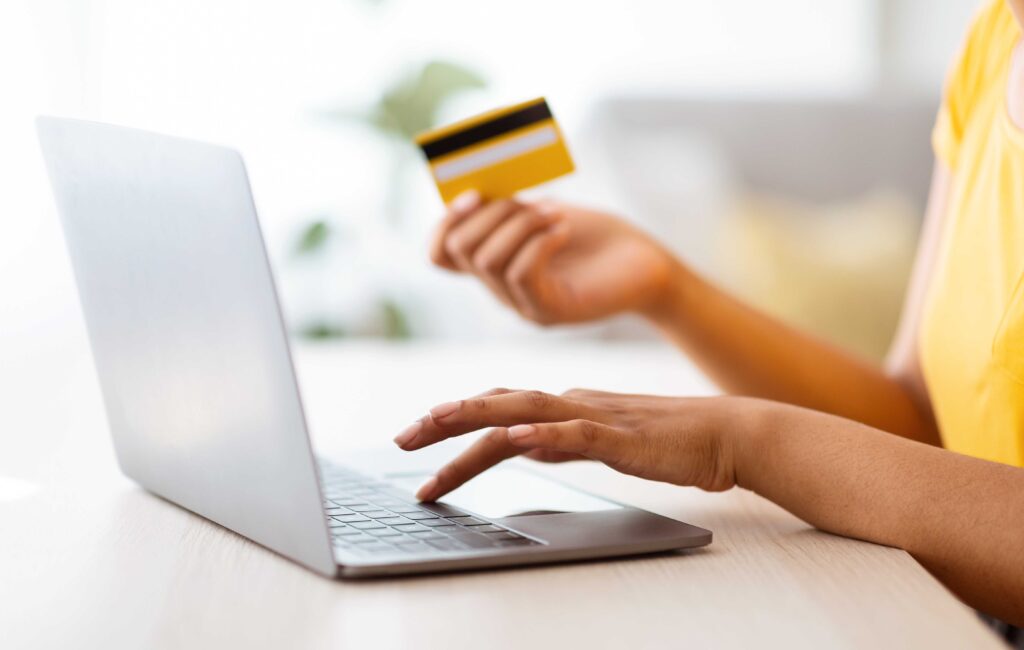The topic of data ownership and acceptable use of data in agriculture has ignited fervent debate. For all the time, money, effort, and public discord, it isn’t clear to me that we have even agreed on what data even is. No wonder we cannot coalesce on how to use it. When we consider photos, videos, buying or selling records, internet browsing history, and even our social media under the expansive umbrella of data, it’s always good to ask: is it useful? I’m not sure. But, data is being generated all the time – chances are, you’re reading this on your trusty iPhone, that faithful partner capable of locating your parked, managing passwords (even some you may have forgotten, although iPhone hasn’t), and reassuringly picks the best route and suggests your next purchase (okay, that’s more Amazon via iPhone, but you get the idea).
Accessibility of Agricultural Data
Beyond the data’s scale, scope, or quality, lies the question of its accessibility. “I know something you don’t know” posited how information asymmetries are a contributing factor towards market failures. With the growing availability of non-traditional data, like social media and online listening data, we’ve moved into a new era in terms of information accessibility. This inherently prompts us to wonder not only who has access but also their intentions for its use. Remember the GameStop situation? Later revisited as ‘the scandal that wasn’t’ we could debate the whys, but the bottom line is that Web 2.0 capabilities, where everyone is a content creator as well as a consumer, exerts a tangible influence on real-life markets. While we utterly and obviously missed the GameStop boat, our research has yielded success, linking online media sentiments and volumes to stock performance. Additionally, we’ve successfully linked online media mentions about food-related illnesses and food safety to real-time CDC reports of foodborne illness outbreaks.
Agriculture has a deep-rooted tradition for valuing public information from the United States Department of Agriculture (USDA) and associated agencies. This publicly available data has played a pivotal role in building and sustaining the U.S. agricultural and food markets into what they are today. But, even with this great leveling force of public information, a competitive race remains for privately available and restricted data and insights; we like data, and we want more or better ways to use it than everyone else.
Leveraging Data for Competitive Advantage
Unfortunate truth #2, which we’ve revisited multiple times as it remains true, is that when making data-driven decisions, “you can no longer do whatever you want to do, what feels right or what your gut says to do; you may now have to do things you might not necessarily want to do, and that is really hard sometimes.” Unless, of course, it benefits us (especially if it benefits me more than you). In that case, we revisit our analyses or discard them altogether citing some major problem or extenuating circumstances. Our cries for ‘data-driven decisions’ quickly subside. In other words, we’re quick to want data-driven decisions, champion fairness and talk a big game about following the data so it favors one party or the other until we have the chance to benefit ourselves. Simply stated, we’re all for fair, so long as we retain the option to skew the game in our favor and then take advantage. Even more simply stated, all is fair, so long as it’s in my favor.
Online and social media data is a ‘new’ type of data that holds the potential to yield valuable insights for decision-making. Data concerning your purchasing habits, what you look at, what you search for, where you go, what you do, and so on is also data for decision-making, like what to market to you and when. We all want more data. But more than that, we want more data for ourselves than for others.
While the discourse around privacy and data use remains a hot topic, a different perspective emerges when considering our own use of data – in which case, all is fair. The specific data may be relatively new, but the underlying concept of leveraging any available and, preferably, exclusive data is not. Exclusive crop tours, crop images, access to a specific group’s survey or commentary on crop or market conditions all align with this theme – acquiring more information than others to gain a competitive advantage in understanding market dynamics.
You could envision this as the creation of asymmetrical information through physical observation, where one party has an advantage in possessing more information than another – just on a grander, more conspicuous scale. Online and social media are like the modern-day incarnation of this ancient game. The central idea remains the same: having more information than others provides a competitive edge. However, the twist is that the sheer volume of information others now have often exceeds our capacity to process or even handle if we could get our hands on it. As a result, we’re quick to recognize and object to the inequalities.
ConsumerCorner.2023.Letter.21





